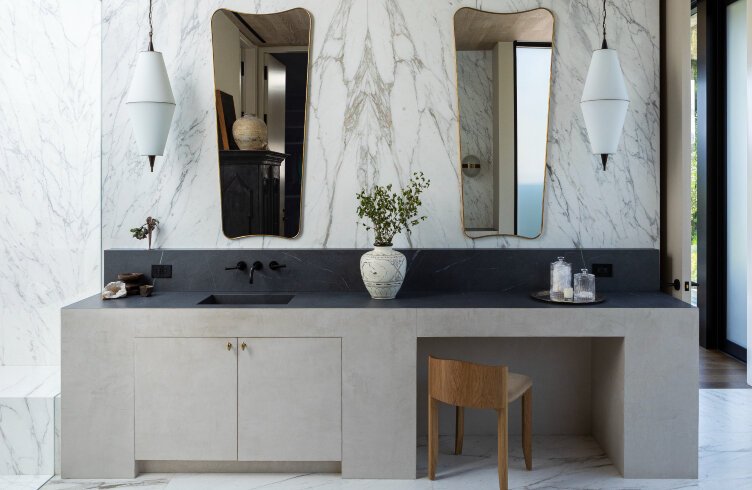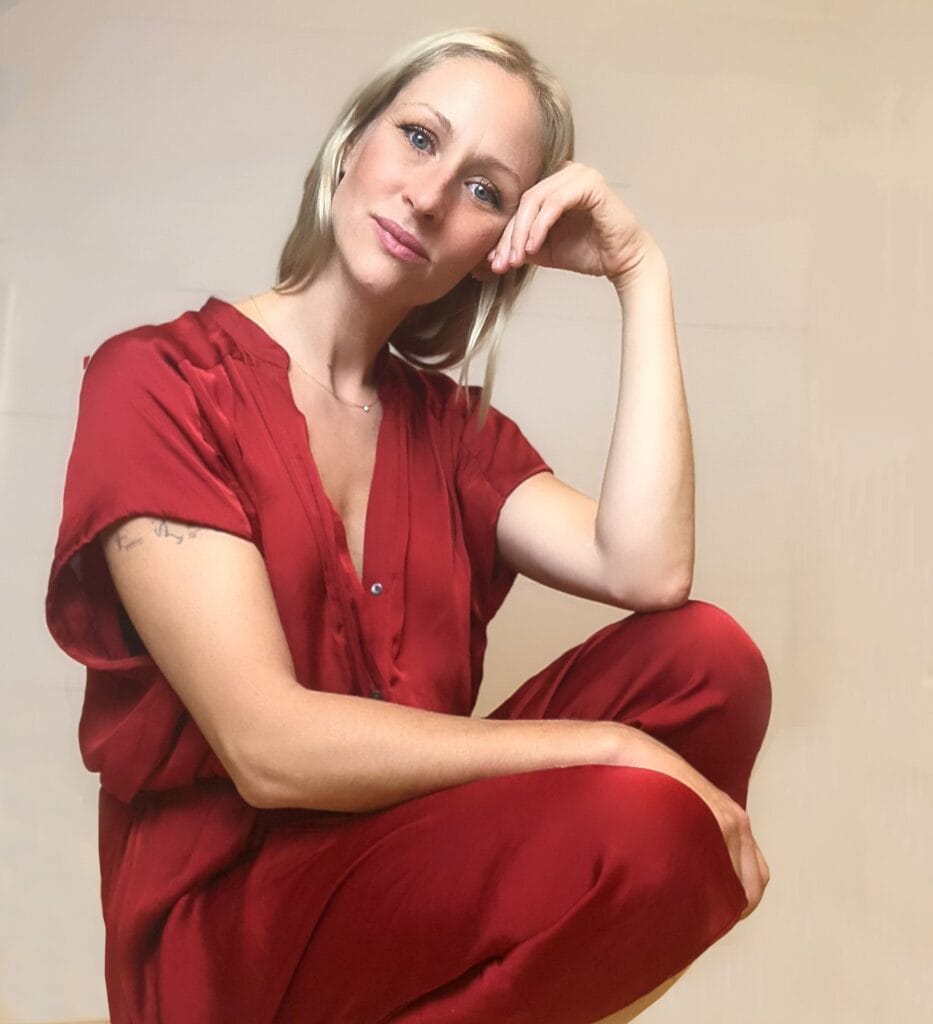Did you notice that you feel energetic when you are in a room with warm colors and relaxed when you are in a place with cold or neutral colors?
The colors you choose for your interior design do not only make it beautiful, but they also have psychological effects on the occupants or visitors. People often believe that the main aim of colors in interior design is for beautifying the home.
Professional interior designers understand that colors affect our mood, and for this reason, they also choose colors with its psychological effects in mind. The impacts that each color produces also vary with the shades.
Colors are one of the most potent tools for interior design. It helps to send a message when you have no words to express yourself. Colors affect how you act, feel, and think. Therefore, when you choose colors for your interior, as DeSantis Property Management explains, you should consider the emotions you want to create and the colors that can help you produce the effects you desire.
Below are the psychological effects that each color produces:
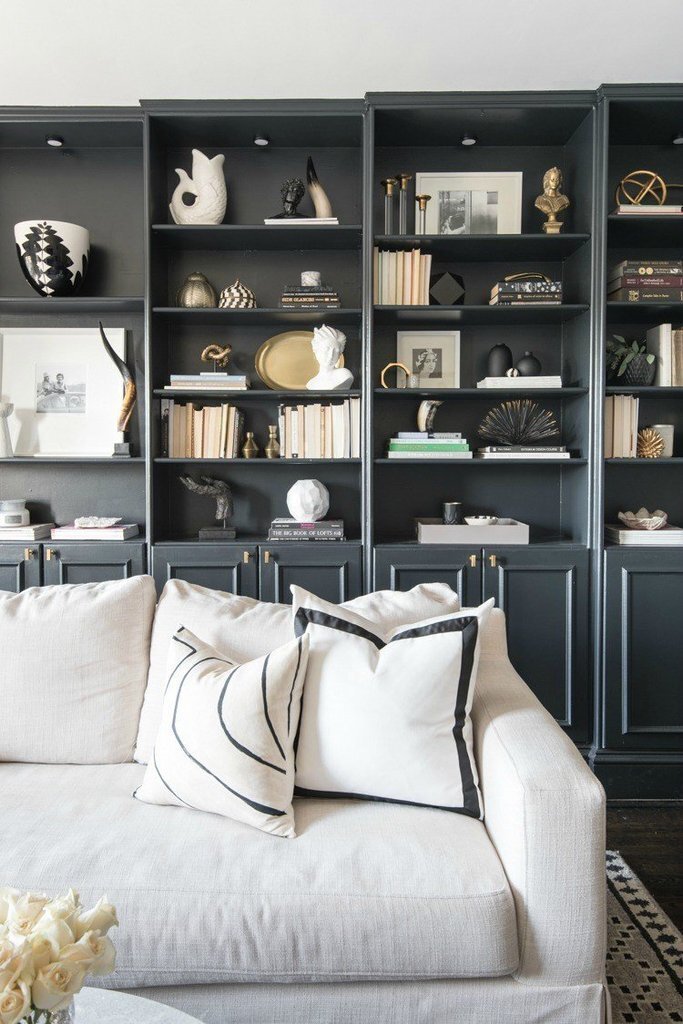
Black signifies power, mystery, drama, wisdom, luxury, sophistication, and elegance. Using black for furniture, clocks, tables, chairs, and wardrobes make the room sophisticated and official. That is why people use it in offices to cast a timeless spell.
It is perfect when you use black as an accent because an all-black interior will be moody, overwhelming, and dreary. Some people associate the black color with death, mourning, and evil. We advise that you use this color with contrasting and complementing colors.
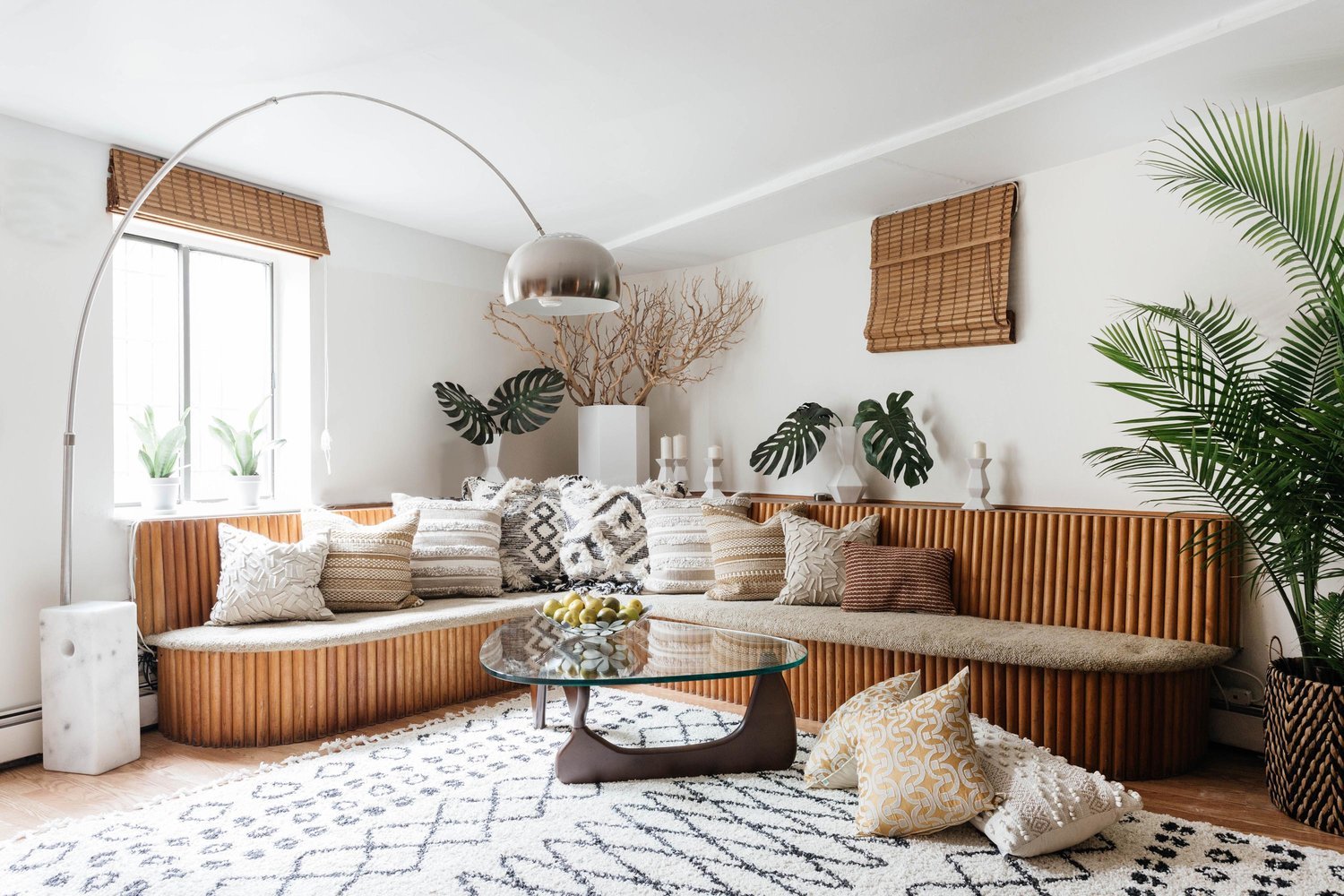
White signifies innocence, purity, cleanliness, peace, faith, youthfulness, freshness, wholeness, and completion. It is a neutral color that makes a room appear larger, fresher, crisper, and relaxing.
The white color is suitable for any room. However, it would be best to complement it with other colors such as blue, green, or yellow. An all-white room can make the space feel sterile, cold, and uncomfortable. However, white is perfect if you’re renting out your house.

Red is a powerful warm color. Depending on the shade, red signifies love, desire, sexuality, passion, romance, friendship, fall, harvest, energy, strength, vigor, power, war, fire, danger, wrath, rage, and anger.
In addition to these, it stimulates appetite. That is why it a perfect color for the dining rooms, kitchens, and restaurants. To some, it is not an ideal color for bedrooms because it stimulates and stirs excitement, which can lead to poor sleep. However, other people prefer it for the bedroom because of its aphrodisiac effects.
If you want to use it in your bedroom, we suggest using it as an accent color to complement other colors. Excessive use of red color can be overstimulating.

Pink signifies kindness, romance, softness, love, nurture, feminism, compassion, playfulness, and freshness. It is refreshing and also boosts energy levels after a long day.
Pink also stimulates creativity and joy. You can use it in any room but in moderation.
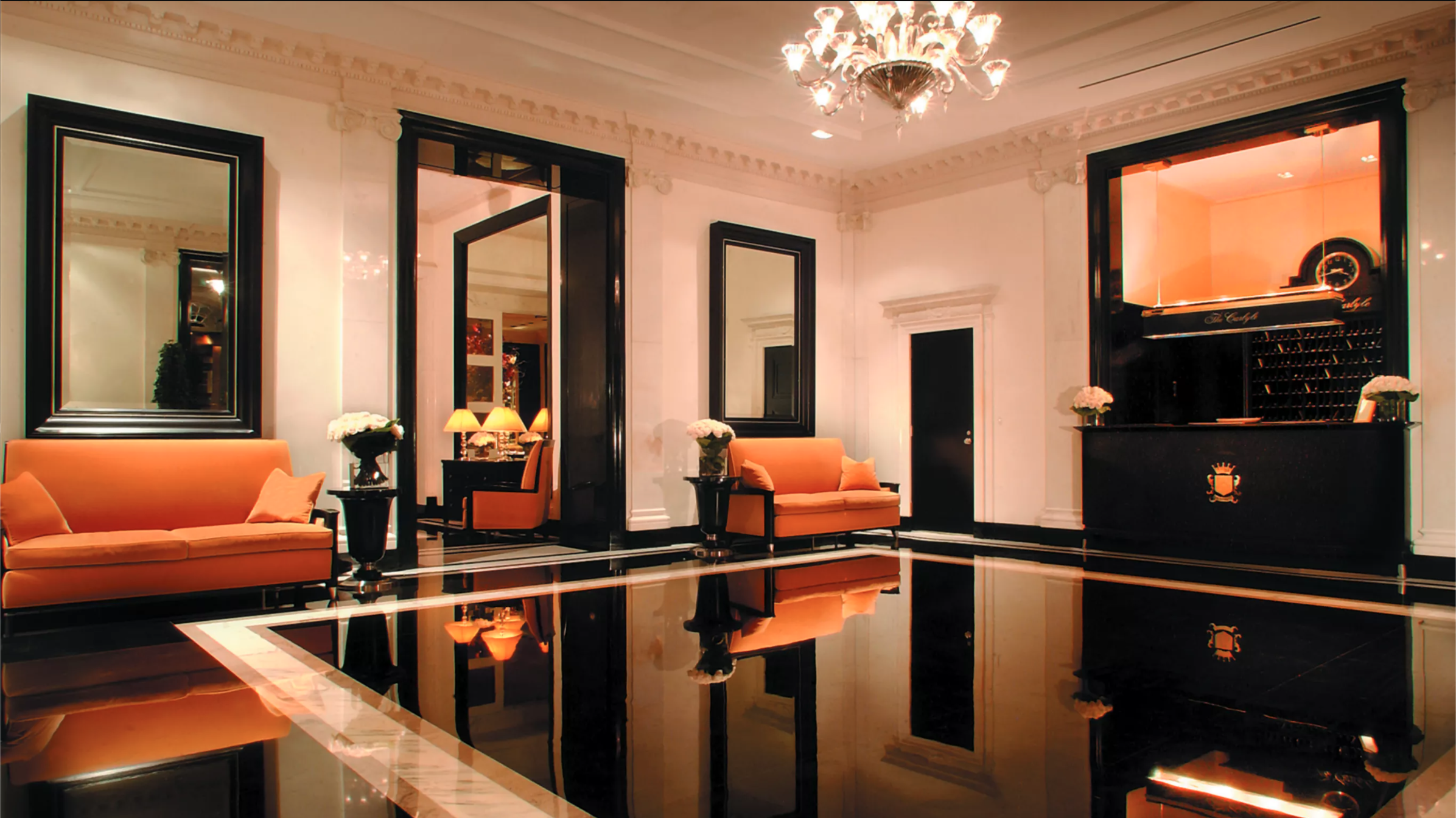
Orange signifies fun, courage, hospitality, fun, liveliness, playfulness, youthfulness, happiness, success, and energy. Also, it stimulates adventure, appetite, communication, intelligence, creativity, and openness.
For this reason, it is the choice color for dining rooms, kitchens, restaurants, hostels, gym rooms, schools, intellectual organizations, living rooms, and kids’ rooms. It is better to complement orange with blue, green, or teal because excessive use can be overstimulating.
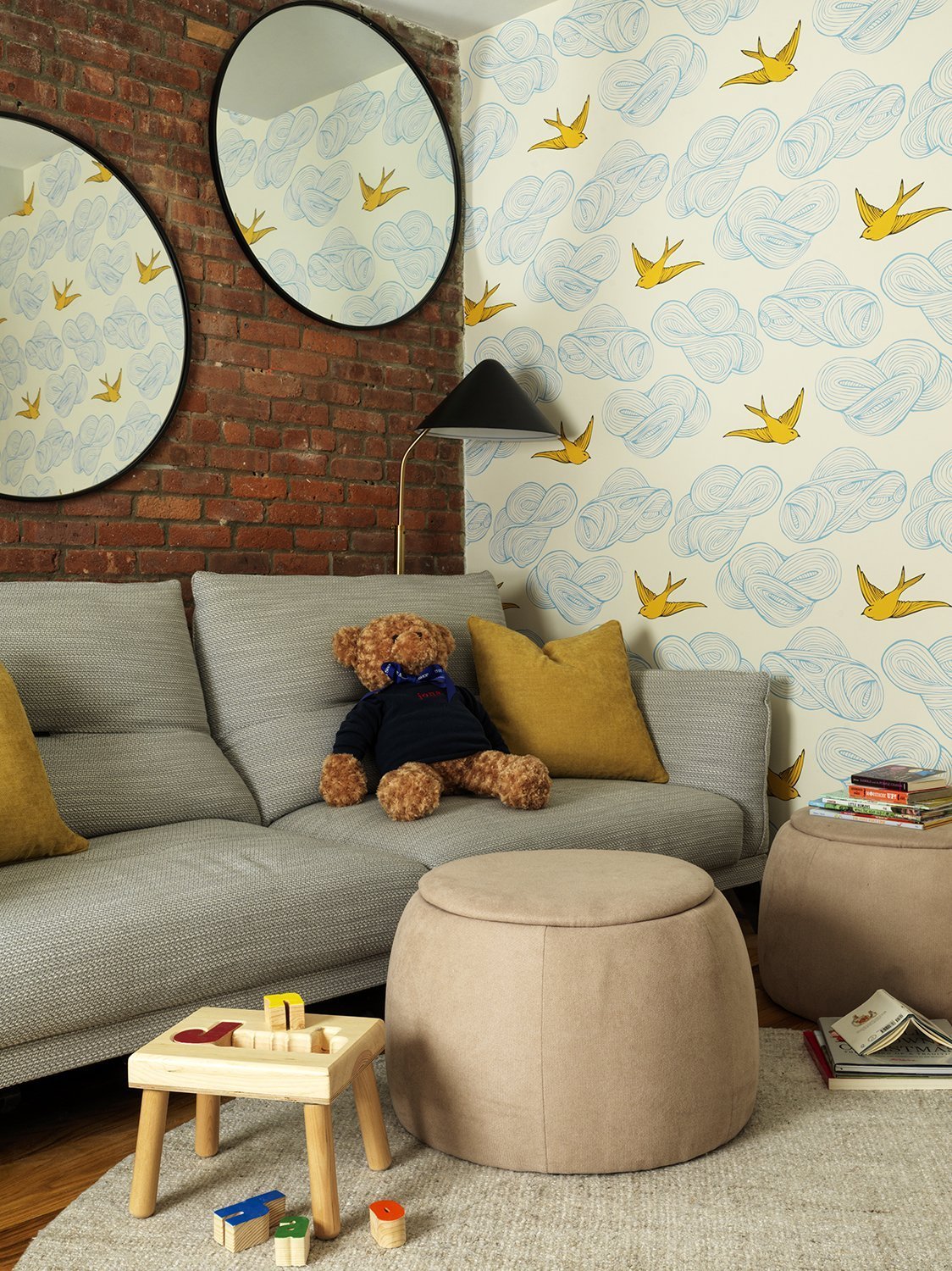
Depending on the shade, yellow signifies sunshine, freshness, intelligence, energy, joy, happiness, confidence, optimism, success, warmth, springtime, prosperity, sympathy, jealousy, sickness, or cowardice. It also stimulates appetite, and because of this, it is a good color for dining rooms, kitchens, and nurseries.

Purple signifies royalty, opulence, wealth, mobility, creativity, luxury, fantasy, calm, and mystery. You can use purple color in bedrooms, but complement it with beige, yellow, or pink. Dark shades of purple are better as accents. In small amounts, purple can give depth.
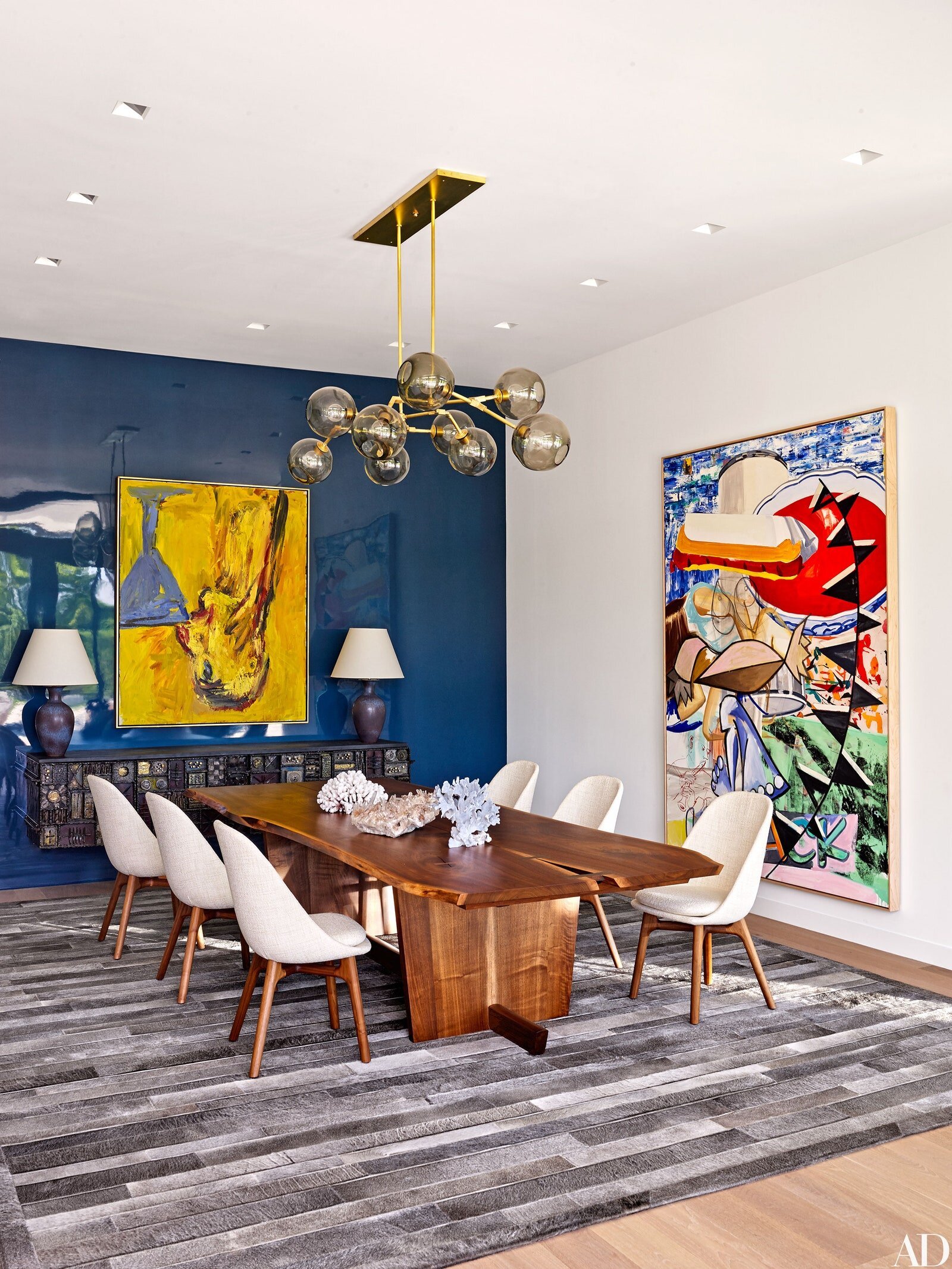
Blue signifies serenity, tranquillity, calm, peace, loyalty, honesty, trust, success, responsibility, and confidence. It helps to lower heart rate, blood pressure, and respiratory rate. Blue is the perfect color for bedrooms and bathrooms because it makes the room calm and relaxing. Excessive use of blue can cause depression.

Green is the color of growth and nature. It signifies abundance, renewal, health, life, refreshment, rest, security, peace, stability, harmony, relaxation, balance, and spring. It is also a perfect color for bedrooms, living rooms, and offices.
